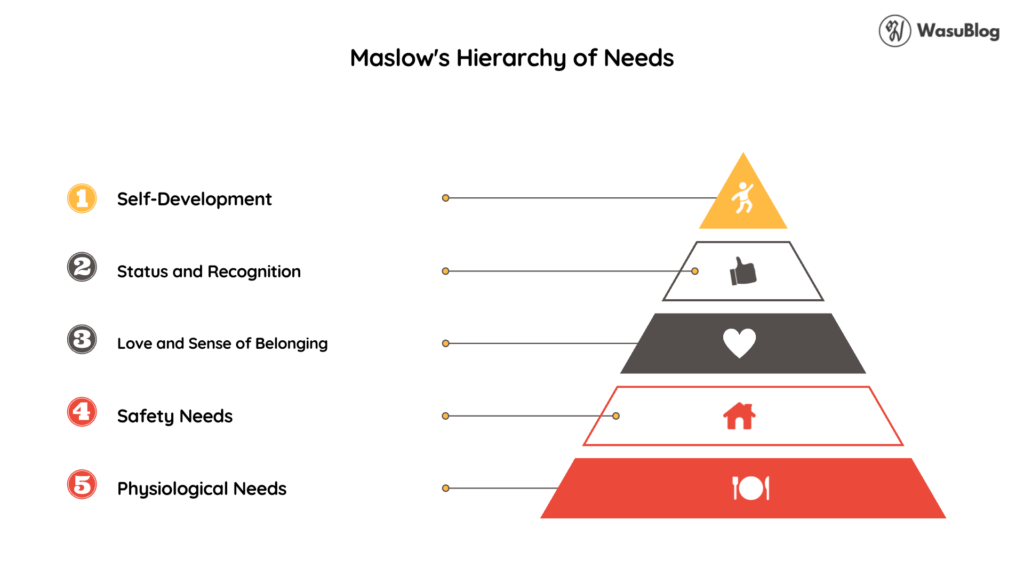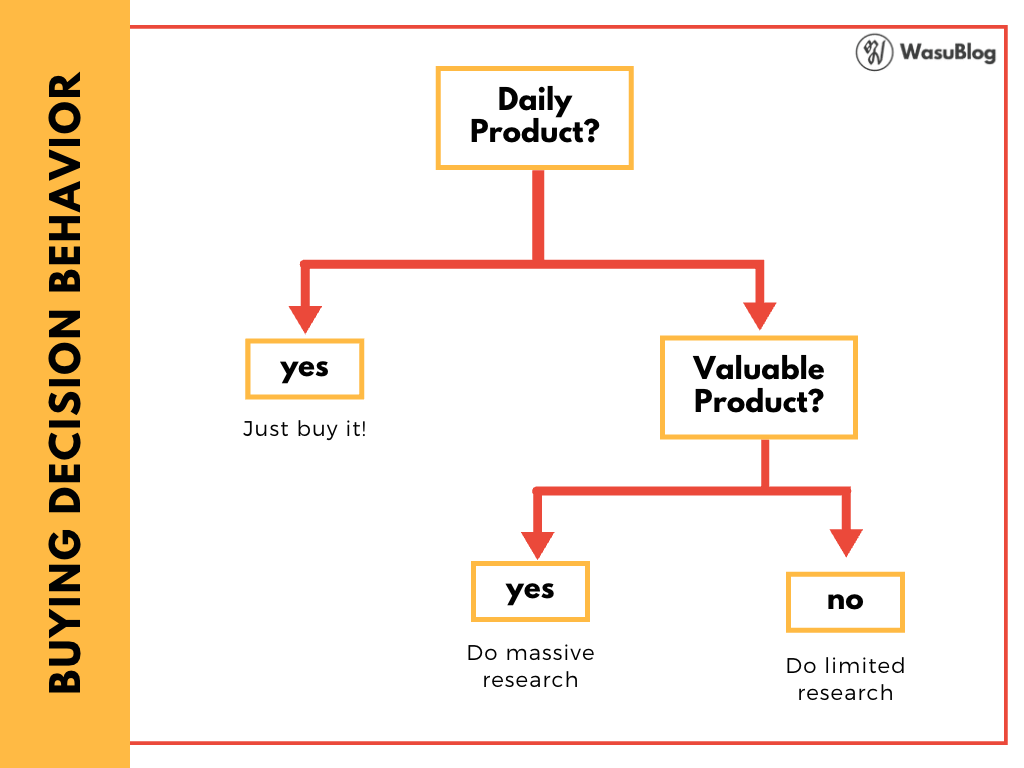Category: The Human Mind
(1 von 100)
Why: Customer Behavior is more or less universal, and we need to understand to solve their problems.
Table of Contents
In Short
Step 1. Match Overall Economy and Your Solution
See whether there is a mismatch between your product solution level and the target economy. For example, if the consumers struggle to meet their physiological needs like food and shelter, it is not a good idea to sell them anything else.
On the other hand, it is less attractive to offer food with the message of scarcity when there is plenty. Here, you can think of a nice restaurant that markets a sense of belonging and status instead.

Step 2. Match Product Personality with Customer’s Personality
Follow Freudian Theory, the product can be seen as a reflection and extension of the consumer’s personality.
That is why we use Pinterest! We look for products that express our own personalities. Or express who we are inspired to be. How we want to be perceived.
Step 3. Match Product Description with Buying Decision Behavior
Buying decision behavior depends on the type of product.
- Daily product leads to routine response from buyers, where they need little to no research to make a buying decision.
- Limited product that people buy occasionally leads to limited research.
- Valuable product leads to problem solving behavior, where they need extensive research and emotional trigger to make a buying decision.

Conclusion
To meet your customers’ needs, you must consider both the economic status of the target market and individual buying decision behavior.
Match your product to the right market, and customers will allow you to solve their problems at the place and time.
Reading material: Motivation, Cognition, Learning–Basic Factors in Consumer Behavior Bayton, James, A Journal of Marketing (pre-1986); Jul 1957-Apr 1958; 22, 000001; ABI/INFORM Global pg. 282

